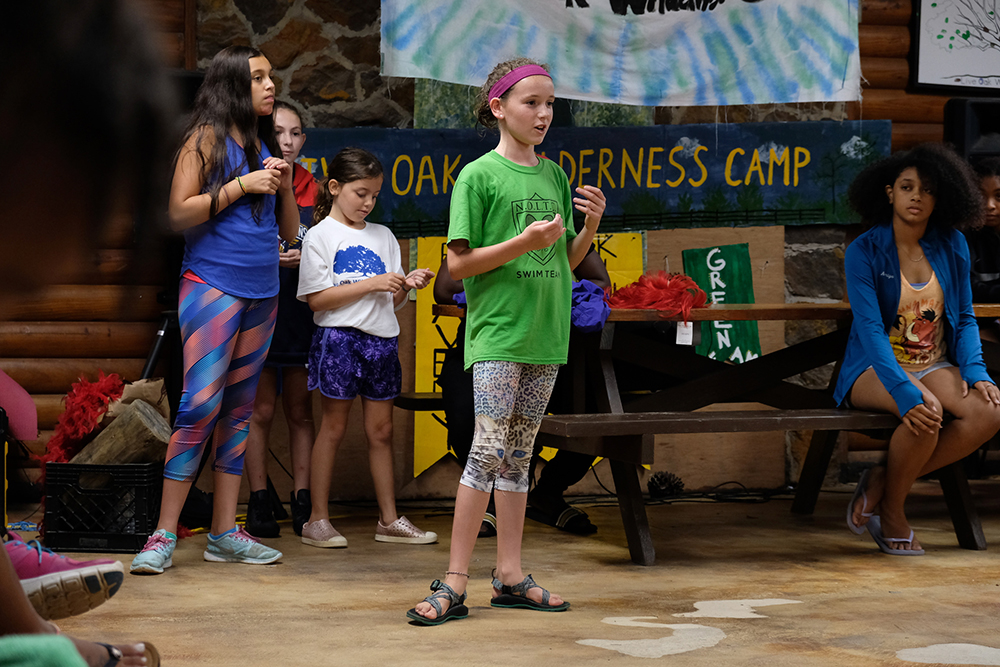
Live Oak Wilderness Camp
Campers build relationships across racial and economic lines and they learn to problem-solve together, camp leaders say.
A summer camp intended to develop future leaders of New Orleans selects youth as young as 10 and nurtures them each summer and throughout the school year.
“How do you plan backwards for future leaders of the city?” asked founder Jack Carey, who created Live Oak Wilderness Camp four years ago. “Camp could be a new institution that connects them.”
Carey, a former vice president of Teach for America in New Orleans and recruiter for the Kipp Foundation, started the camp with 110 kids.
This summer it will serve 350 students from 70 New Orleans schools at a 200-acre site in Mississippi surrounded by 1,000 acres of wilderness. The camp is intended to bring together kids from diverse racial and economic backgrounds in a city whose public schools have been transformed into charter schools, but which remains racially segregated.
Live Oak draws students from the public school system, which has 48,000 students, as well as from New Orleans private schools, which serve about 22,000 children.
Kids ages 9 through 12 who have “tremendous potential” are selected, Carey said. They’re chosen based on three qualities: kindness, bravery and awareness. “We’re looking for that at an early age,” he said.
Students apply, are interviewed and must then get recommendations from a teacher or principal. They return each summer through age 16.
Rich summer experiences — not necessarily focused on summer learning loss — have been something affluent families provide their children, Carey said.
Live Oak intends to provide such experiences to selected kids who are not affluent.
Summer camp is a powerful place to build relationships and friendships, he said. While the cost is $1,700, about half the kids get scholarships, he said.
In addition to traditional camp activities like swimming and canoeing, kids engage in physical team-based challenges that Carey described as similar to corporate relationship-building activities.
Last summer, for example, arriving campers were faced with a pile of wood and some nuts and bolts. They were asked to work as a team to build a soapbox derby-style car from the materials within 10 days.
Camp works to build deep relationships
Each camp session is only 11 days, but campers can go to all three sessions if they choose. All the kids also meet three times during the school year. In addition, the oldest cohort of campers, the 15-year-olds, meet nine Friday nights during the school year in a session called Leadership 101.
In a recent meeting the group worked on what Carey described as an “independent thinking competency.”
In a 1½-hour simulation, the students pretended to be in an airport during the outbreak of a bad virus. They were asked to figure out who had the virus, then reflect on how they had made decisions about who was infected. The goal was to understand the biases that might have come into play.
In upcoming sessions, they will examine specific skills involved in critical thinking. They’ll grapple with the question of how to judge information from expert sources. What makes someone an expert? Which expert opinion is most trustworthy? (Is a dermatologist or a podiatrist more expert on a foot problem, for example.)
A stated camp goal is to widen New Orleans’ future leadership across class and race. And to those who would argue that the camp in a sense creates a new elite, by choosing a small number of kids and intensively cultivating their leadership skills, Carey replies:
“It’s a specific approach to leadership development. It’s a deep specific investment versus a broader, more general one.”































